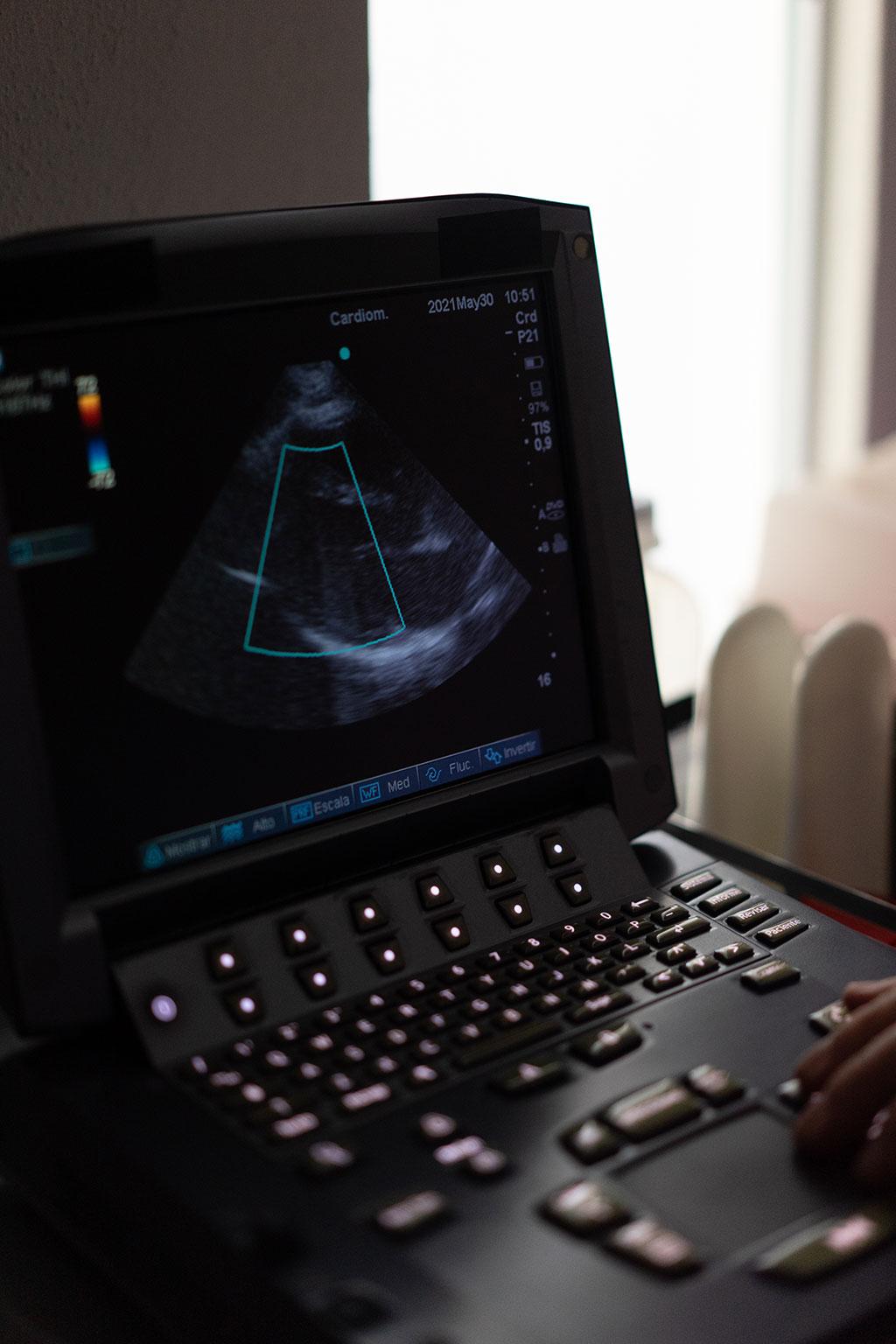AI Tool Identifies and Distinguishes Between Difficult-to-Diagnose Cardiac Conditions on Echocardiograms
Posted on 07 Apr 2023
Identifying hypertrophic cardiomyopathy and cardiac amyloidosis, two critical heart conditions can be quite challenging, even for seasoned cardiologists, resulting in patients waiting years to decades before receiving an accurate diagnosis. Without comprehensive testing, differentiating between these conditions and changes in heart shape and size that may be associated with normal aging can be perplexing for cardiologists. Notably, in the initial stages of the disease, both of these cardiac conditions can resemble the appearance of a heart that has aged and progressed naturally without any disease. Now, for the first time, an algorithm can spot these difficult-to-diagnose cardiac conditions.
Deposits of abnormal protein (amyloid) in heart tissue cause cardiac amyloidosis, also known as "stiff heart syndrome." These deposits replace healthy heart muscle, making it difficult for the heart to function correctly. Hypertrophic cardiomyopathy, on the other hand, causes the heart muscle to thicken and stiffen, leading to inadequate relaxation and blood filling, which can result in heart valve damage, fluid buildup in the lungs, and irregular heart rhythms. Physician-scientists at the Smidt Heart Institute at Cedars-Sinai (Los Angeles, CA, USA) have developed an artificial intelligence (AI) tool that can differentiate between these two life-threatening heart conditions effectively. The novel, two-step algorithm analyzed more than 34,000 cardiac ultrasound videos from Cedars-Sinai and Stanford Healthcare's echocardiography laboratories. The algorithm identified particular features related to heart wall thickness and chamber size and flagged patients who were suspicious of having these potentially unrecognized cardiac conditions.

The AI algorithm not only accurately distinguishes abnormal from normal cardiac conditions but can also identify which potentially life-threatening heart diseases may be present. It provides warning signals that can detect the disease well before it progresses to a stage that can impact health outcomes. With earlier diagnosis, patients can receive effective treatment sooner, prevent adverse clinical events, and improve their quality of life. The researchers hope that the technology will be utilized to identify patients at an early stage of the disease, as earlier diagnosis enables the most benefit from available therapies that can prevent the worst outcomes such as hospitalizations, heart failure, and sudden death.
“Our AI algorithm can pinpoint disease patterns that can’t be seen by the naked eye, and then use these patterns to predict the right diagnosis,” said David Ouyang, MD, a cardiologist in the Smidt Heart Institute and senior author of the study.
“One of the most important aspects of this AI technology is not only the ability to distinguish abnormal from normal, but also to distinguish between these abnormal conditions, because the treatment and management of each cardiac disease is very different,” added Susan Cheng, MD, MPH, director of the Institute for Research on Healthy Aging in the Department of Cardiology at the Smidt Heart Institute and co-senior author of the study.
Related Links:
Cedars-Sinai














